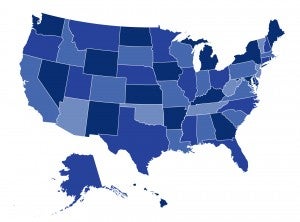Eliminating Essential Health Benefits Will Shift Financial Risk Back to Consumers

In a new article published on The Commonwealth Fund’s To The Point site, CHIR experts Dania Palanker, JoAnn Volk, and Justin Giovannelli look at the individual health insurance market before the Essential Health Benefits and the financial risk consumers will bear if we return to a market without benefit protections.



